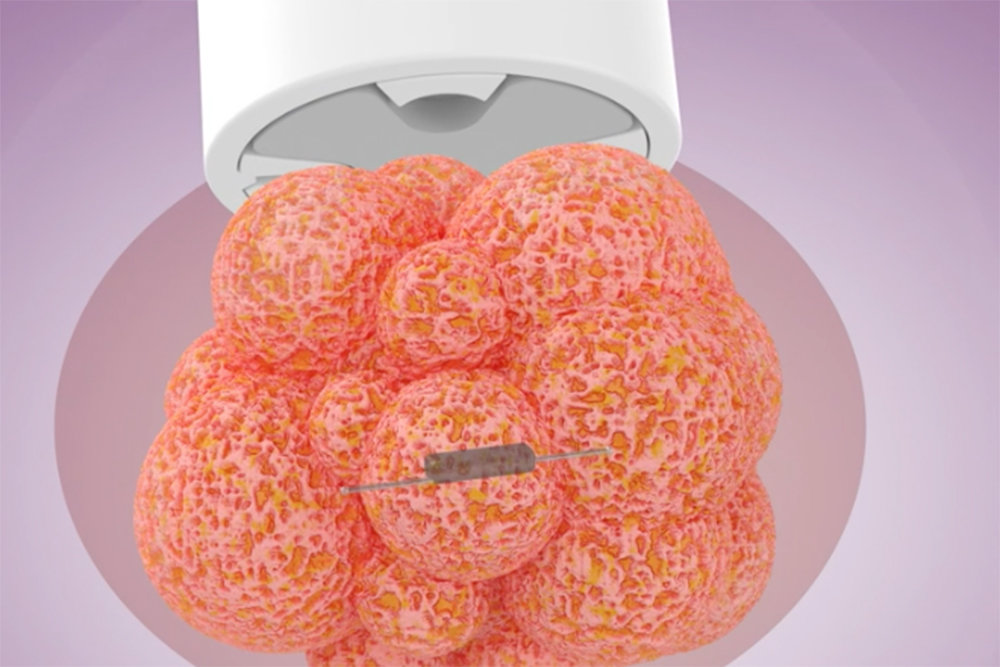YOUR BUSINESS AUTHORITY
Springfield, MO
YOUR BUSINESS AUTHORITY
Springfield, MO

Think of a grain of rice. That’s the size of the latest high-tech equipment surgeons at Mercy Springfield Communities are using to perform lumpectomies when the threat of breast cancer is present.
It’s called the Savi Scout.
That rice-sized equipment serves as a reflector in the breast tissue. Doctors say it’s inserted to mark the location of an identified tumor the day prior to surgery.
“This is a huge step forward, both for accuracy and our patients’ comfort,” said Dr. John Bumberry, a Mercy breast surgeon, in a news release unveiling the technology this summer. “This technology is for small tumors we can’t feel.”
Mercy officials say they’ve since completed about 180 of the procedures.
Proponents of the procedure cite these perks: There’s no radioactive waves used and it’s wire-free. The Savi Scout uses radar technology.
Made by Merit Medical, the creators say the radar technology locates the tumor within 1 millimeter accuracy from 360-degree angles. During the procedure, a wand on the exterior of the tissue sends radar toward the Scout to identify a biopsy site, lumpectomy or lymph node.
The previous standard procedure inserted wires that extended from the breast tissue to guide surgeons to the tumor.
“They were placed in the very early hours the day of the surgery, then patients had to travel from the radiologist’s office to the operating room,” Bumberry said. “The whole process was uncomfortable, inconvenient and the wire could move.”
Medical technicians are working to make wire-free localization the new standard to locate and remove tumorous tissue.
Missouri State University’s science building, built in 1971 and formerly called Temple Hall, is being reconstructed and updated.